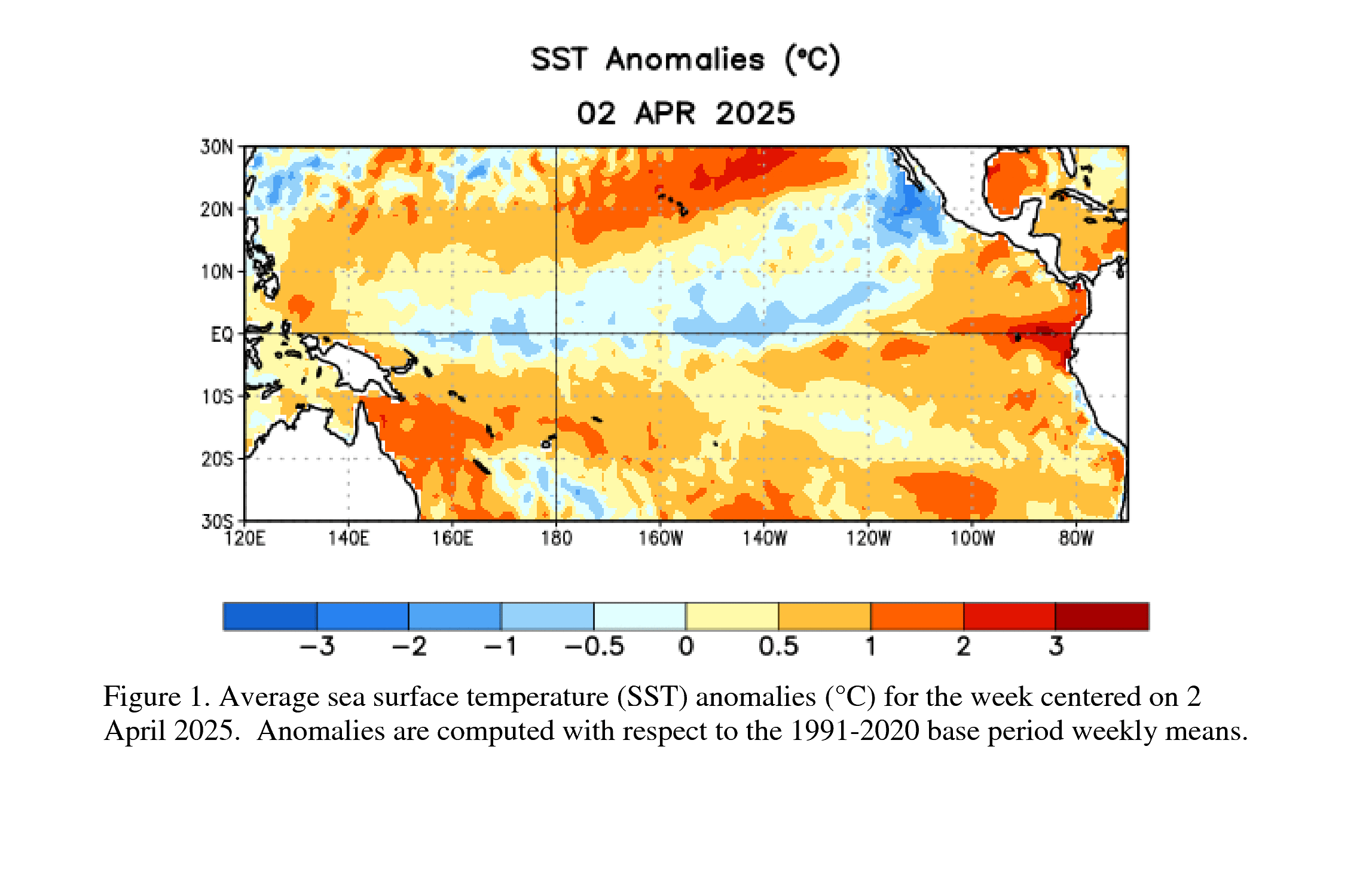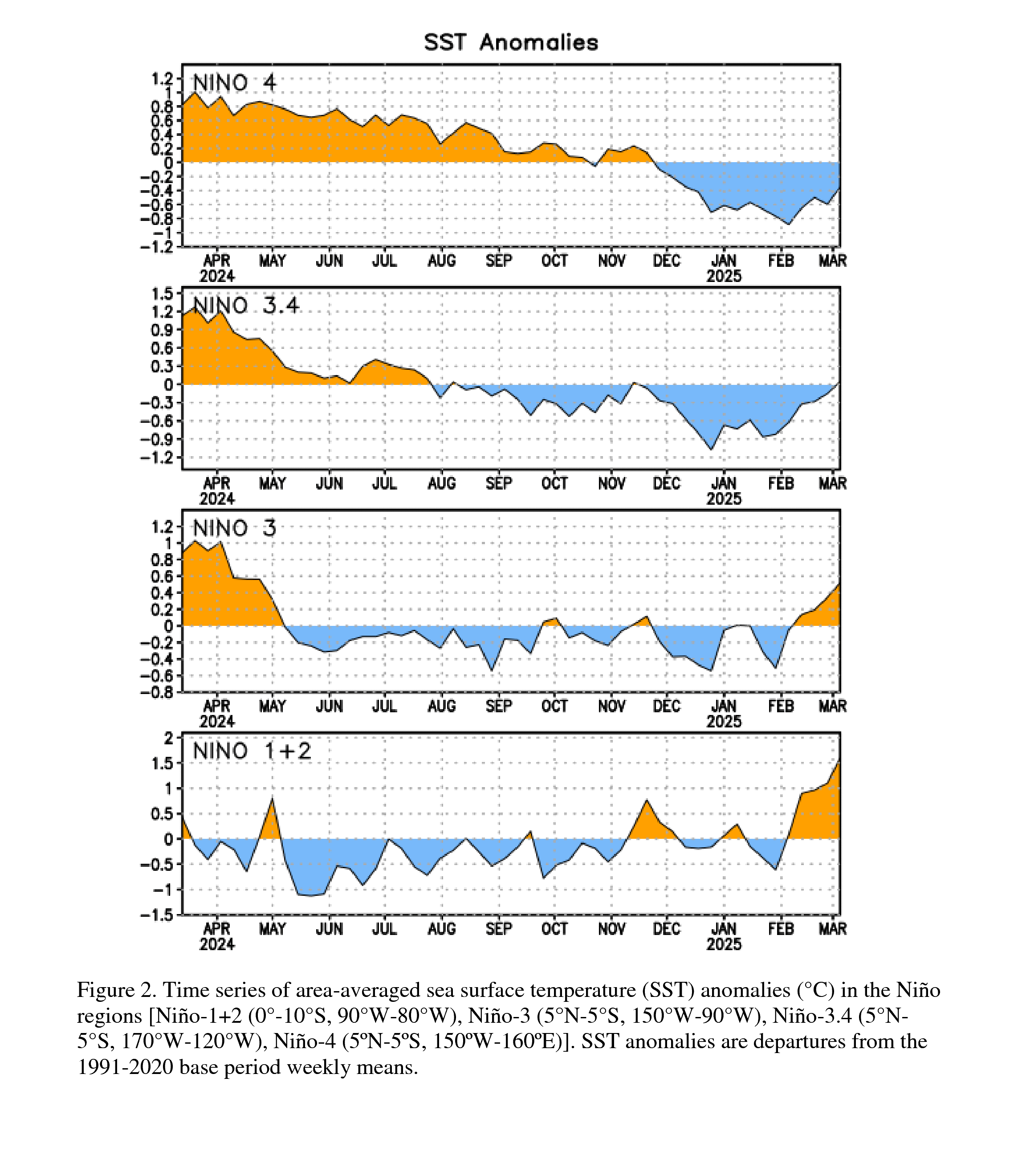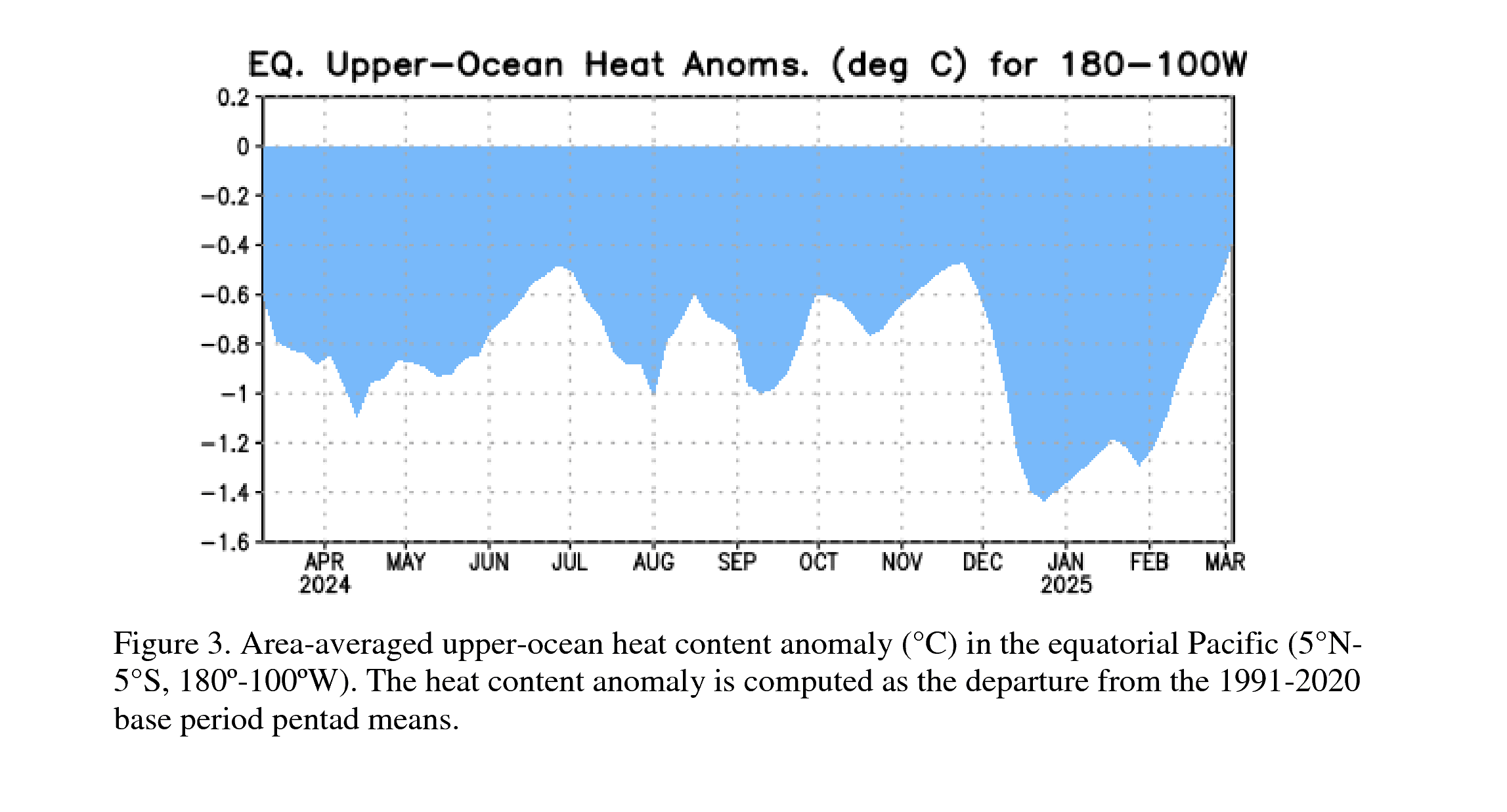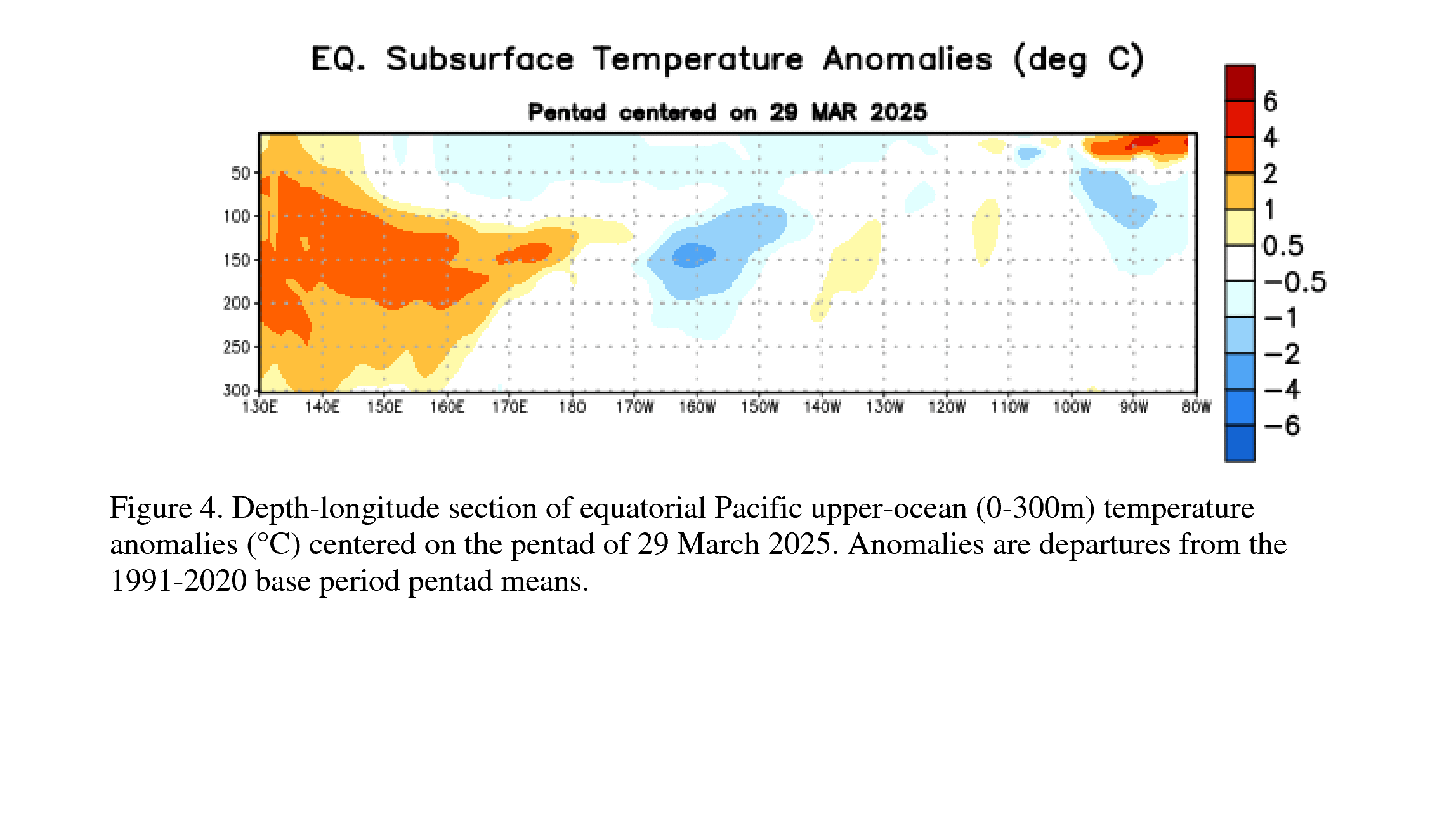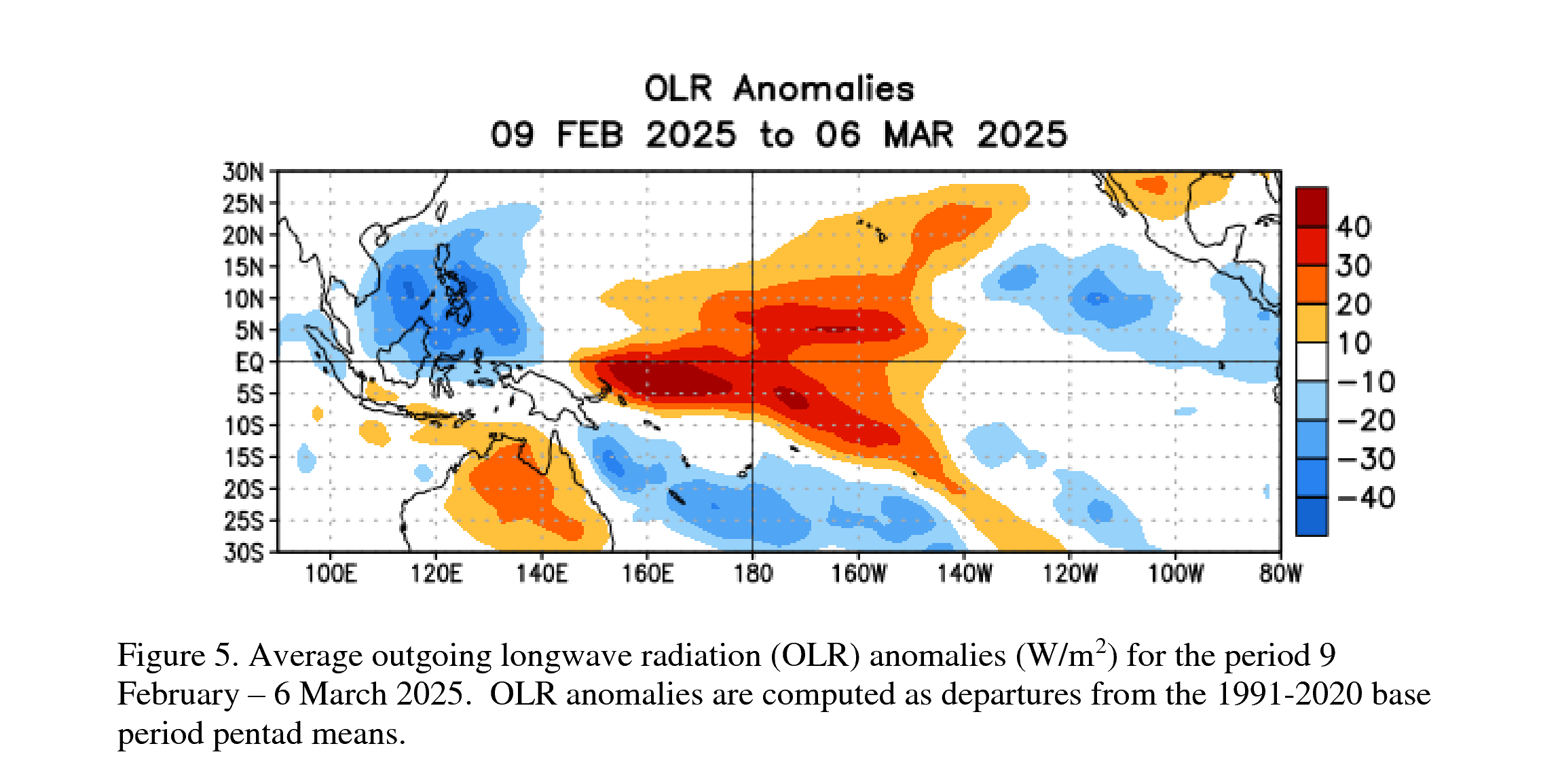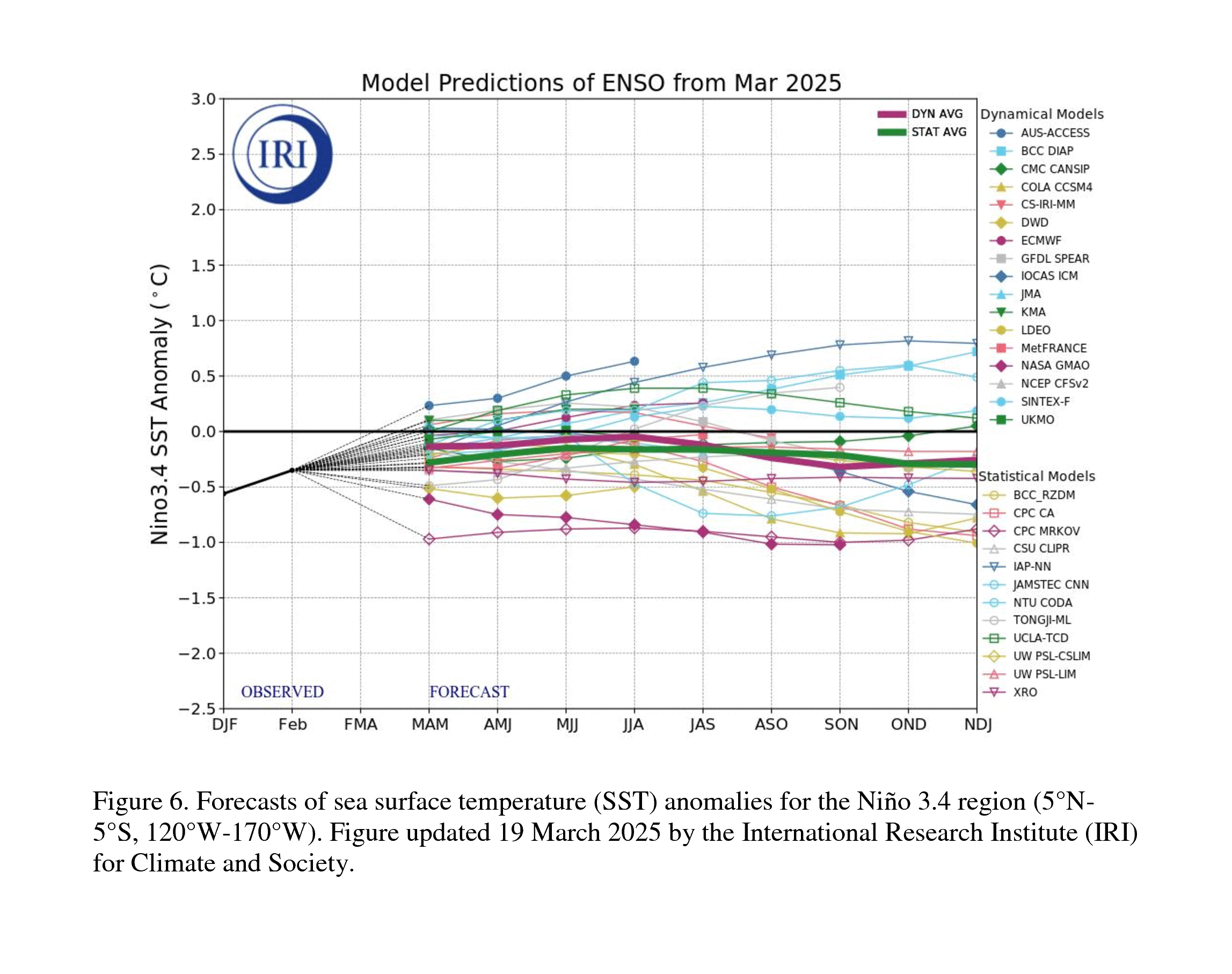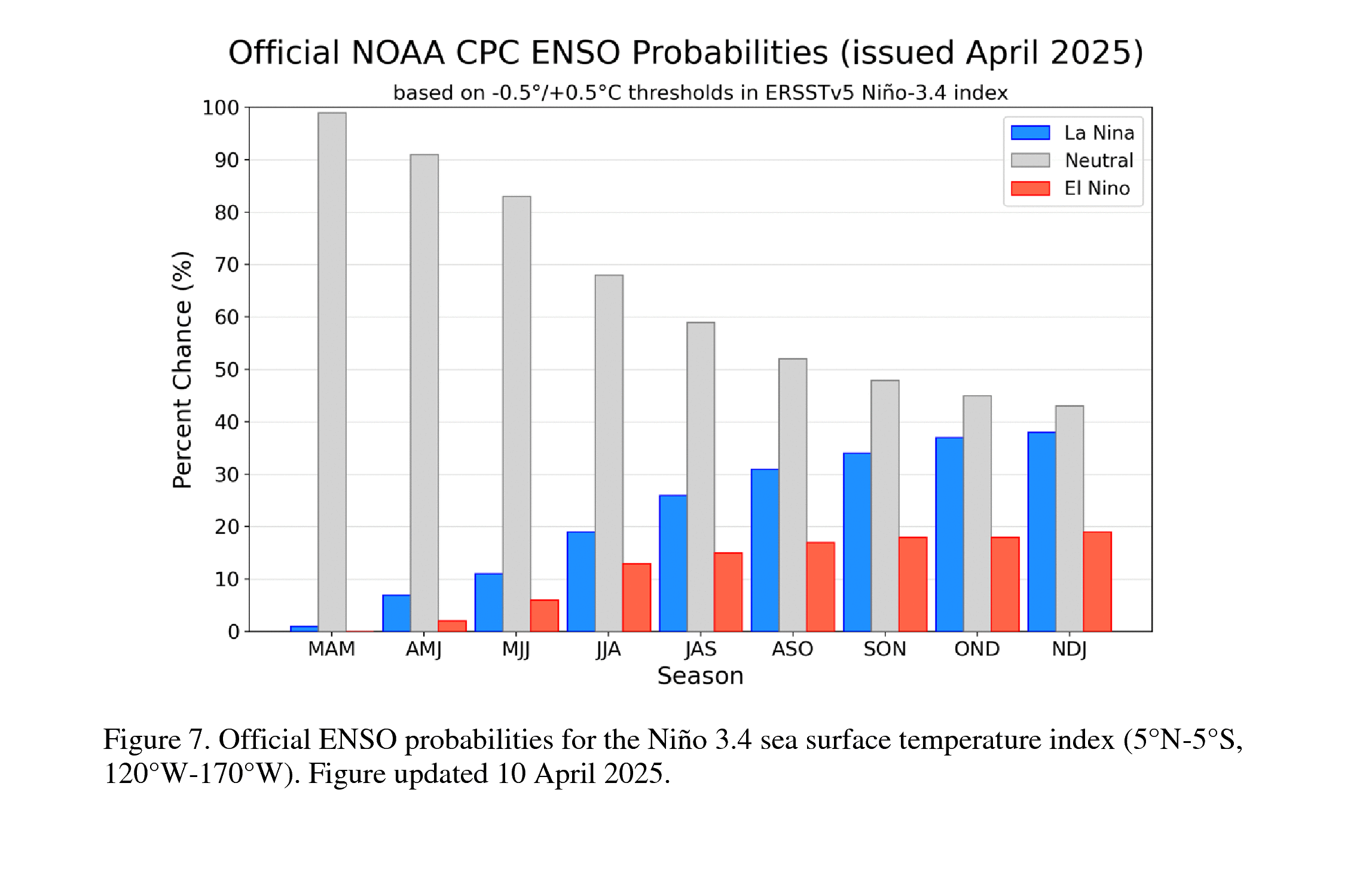IRI ENSO Forecast
IRI Technical ENSO Update
Published: June 18, 2021
Note: The SST anomalies cited below refer to the OISSTv2 SST data set, and not ERSSTv5. OISSTv2 is often used for real-time analysis and model initialization, while ERSSTv5 is used for retrospective official ENSO diagnosis because it is more homogeneous over time, allowing for more accurate comparisons among ENSO events that are years apart. During ENSO events, OISSTv2 often shows stronger anomalies than ERSSTv5, and during very strong events the two datasets may differ by as much as 0.5 C. Additionally, the ERSSTv5 may tend to be cooler than OISSTv2, because ERSSTv5 is expressed relative to a base period that is updated every 5 years, while the base period of OISSTv2 is updated every 10 years and so, half of the time, is based on a slightly older period and does not account as much for the slow warming trend in the tropical Pacific SST. In February 2021, both datasets were updated using the 1991-2020 climatology period.
Recent and Current Conditions
In mid-June 2021, SSTs are at the long-term average in the NINO3.4 region, following the recent La Niña event in the tropical Pacific. The SST anomaly for NINO3.4 during the Mar-May season was -0.44 C, and for the month of May it was -0.34 C, which suggests ENSO neutral conditions. The IRI’s definition of El Niño, like NOAA/Climate Prediction Center’s, requires that the SST anomaly in the NINO3.4 region (5S-5N; 170W-120W) exceed 0.5 C. Similarly, for La Niña, the anomaly must be -0.5 C or less. The climatological probabilities for La Niña, neutral, and El Niño conditions vary seasonally, and are shown in a table at the bottom of this page for each 3-month season. The most recent weekly anomaly in the NINO3.4 region was 0.0 C, which is clearly ENSO-neutral. Many of the key atmospheric variables, that are indicative of the previous La Niña conditions, have also returned to neutral. The traditional and equatorial Southern Oscillation Indices are also close to 0. The enhanced Trade Wind anomalies near the surface, and the upper-level, westerly wind anomalies that accompany La Niña events, have also diminished, and what remains are less zonally organized. Anomalously wet conditions over the Maritime Continent and dry conditions over the central Pacific, seen during La Niña conditions, too have returned to normal. For the sub-surface equatorial ocean, warm temperature anomalies (deepened thermocline anomalies) began adjusting earlier this year and moving westward, and weak warm subsurface anomalies are present along the entire equatorial region. In summary, the equatorial Pacific region is now in ENSO-neutral conditions. CPC announced the end of the 2020-21 La Niña on May 13, 2021.
Expected Conditions
Note – Only models that produce a new ENSO prediction every month are considered in this statement.
What is the outlook for the ENSO status going forward? The most recent official diagnosis and outlook was issued approximately one week ago in the NOAA/Climate Prediction Center ENSO Diagnostic Discussion, produced jointly by CPC and IRI; it states that ENSO-neutral is favored at least through the Northern Hemisphere summer (78% chance for the June-August season).
The latest set of model ENSO predictions from mid-June is now available in the IRI/CPC ENSO prediction plume. These are used to assess the probabilities of the three possible ENSO conditions by using the average value of the NINO3.4 SST anomaly predictions from all models on the plume, equally weighted. This month, however, the NASA-GEOS model was not factored into the probabilistic update, even though it appears on the plume of models graphic. A standard Gaussian error is imposed over that average forecast, and its width is determined by an estimate of overall expected model skill for the season of the year and the lead time. Higher skill results in a relatively narrower error distribution, while low skill results in an error distribution with width approaching that of the historical observed distribution. Using this method, chances for maintaining ENSO-neutral conditions is 85% for the Jun-Aug season. while chances for La Niña are only 10%. ENSO-neutral remains the category with the highest probabilities throughout the forecast period. However, uncertainty increases later in the year. In the later seasons of 2021, some models suggest a re-emergence of cool SST anomalies that may reach La Niña conditions for a season or two, but not long enough to be declared an event. At the end of the forecast period, ENSO-neutral again becomes the most likely outcome, with probabilities exceeding 50%. El Niño probabilities start at 5% in Jun-Aug and slowly rise to around 20% around the end of the year. A plot of the probabilities generated from this most recent IRI/CPC ENSO prediction plume using the multi-model mean and the Gaussian standard error method summarizes the model consensus out to about 10 months into the future.
Caution is advised in interpreting the forecast distribution from the Gaussian standard error as the actual probabilities, due to differing biases and performance of the different models. In particular, this approach considers only the mean of the predictions, and not the total range across the models, nor the ensemble range within individual models. At longer leads, the skill of the models degrades, and uncertainty in skill must be convolved with the uncertainties from initial conditions and differing model physics, which leads to more climatological probabilities in the long-lead ENSO Outlook than might be suggested by the suite of models. Furthermore, the expected skill of one model versus another has not been established using uniform validation procedures, which may cause a difference in the true probability distribution.
In summary, the probabilities derived from the models on the IRI/CPC plume indicate that ENSO-neutral is the most likely outcome through boreal summer, and still remain more likely than El Niño or a re-emergence of La Niña through the entire forecast period.
A caution regarding the model-based ENSO plume predictions released mid-month, is that factors such as known specific model biases and recent changes in the tropical Pacific that the models may have missed, are not considered. This approach is purely objective. Those issues are taken into account in the official outlooks, which are generated and issued early in the month by CPC and IRI, and which will include some human judgment in combination with the model guidance.

| Season |
La Niña |
Neutral |
El Niño |
| JJA |
10 |
85 |
5 |
| JAS |
17 |
72 |
11 |
| ASO |
26 |
61 |
13 |
| SON |
32 |
55 |
13 |
| OND |
34 |
50 |
16 |
| NDJ |
34 |
49 |
17 |
| DJF |
29 |
53 |
18 |
| JFM |
21 |
58 |
21 |
| FMA |
12 |
67 |
21 |




